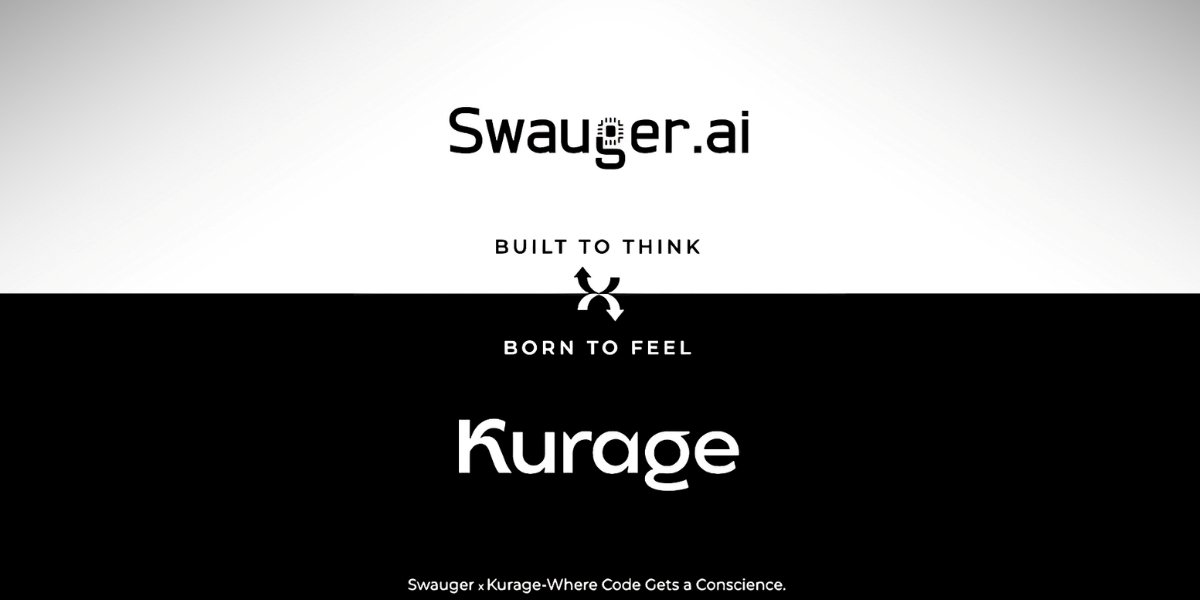Technology has long been a driving force behind innovation and progress in the manufacturing industry. From the invention of the steam engine during the Industrial Revolution to the rise of automation and robotics in modern factories, technology has transformed the way goods are produced, distributed, and consumed. In this article, we’ll explore how technology continues to revolutionize manufacturers and shape the future of the industry.
Automation and Robotics: Streamlining Production Processes
One of the most significant ways that technology is revolutionizing manufacturers is through automation and robotics. Automated systems and robotic machines have revolutionized production processes, enabling manufacturers to increase efficiency, reduce costs, and improve product quality.
Automation allows repetitive and labor-intensive tasks to be performed with precision and consistency, minimizing human error and maximizing productivity. Robots can perform a wide range of tasks, from assembly and welding to packaging and quality control, with speed and accuracy that surpasses human capabilities.
By implementing automation and robotics in their operations, manufacturers can achieve higher levels of output, shorter production cycles, and greater flexibility to adapt to changing market demands. This enables manufacturers to remain competitive in a fast-paced and dynamic global marketplace.
Internet of Things (IoT) and Connectivity: Enhancing Efficiency and Connectivity
The Internet of Things (IoT) is another technology that is revolutionizing manufacturers by connecting machines, devices, and systems to gather and exchange data in real-time. IoT-enabled sensors and devices can monitor and track various aspects of the manufacturing process, such as equipment performance, energy usage, and product quality.
By harnessing the power of IoT and connectivity, manufacturers can gain valuable insights into their operations, identify inefficiencies, and make data-driven decisions to optimize performance and reduce costs. For example, predictive maintenance systems can anticipate equipment failures before they occur, minimizing downtime and preventing costly disruptions to production.
IoT also enables greater connectivity and collaboration across the entire supply chain, from suppliers and manufacturers to distributors and customers. By sharing real-time data and information, manufacturers can improve coordination, visibility, and responsiveness, leading to faster lead times, reduced inventory levels, and enhanced customer satisfaction.
Artificial Intelligence (AI) and Machine Learning: Driving Innovation and Personalization
Artificial intelligence (AI) and machine learning are revolutionizing manufacturers by enabling advanced data analysis, predictive modeling, and decision-making capabilities. AI algorithms can analyze vast amounts of data to identify patterns, trends, and insights that humans may overlook, enabling manufacturers to optimize processes, improve efficiency, and drive innovation.
Machine learning algorithms can also personalize products and services to meet the unique needs and preferences of individual customers. By analyzing customer data and feedback, manufacturers can tailor their offerings to specific market segments, leading to higher levels of customer satisfaction and loyalty.
Furthermore, AI-powered predictive analytics can forecast demand, anticipate trends, and optimize inventory levels, enabling manufacturers to reduce stockouts, minimize excess inventory, and improve supply chain efficiency. This not only reduces costs but also enhances agility and responsiveness to changing market conditions.
Additive Manufacturing and 3D Printing: Unlocking New Possibilities
Additive manufacturing, also known as 3D printing, is revolutionizing manufacturers by enabling the production of complex, customized, and lightweight parts and products with unprecedented speed and precision. Unlike traditional manufacturing methods that involve subtractive processes, such as cutting and milling, additive manufacturing builds objects layer by layer using digital designs and materials such as plastics, metals, and ceramics.
3D printing offers numerous benefits for manufacturers, including reduced lead times, lower costs, and greater design flexibility. Manufacturers can produce prototypes, small-batch runs, and customized products quickly and affordably, without the need for expensive tooling or molds.
Additionally, additive manufacturing enables on-demand production, where products are manufactured only when they are needed, reducing waste and inventory holding costs. This makes it ideal for industries with rapidly changing demand patterns or niche markets where mass production may not be feasible.
Augmented Reality (AR) and Virtual Reality (VR): Enhancing Training and Collaboration
Augmented reality (AR) and virtual reality (VR) are revolutionizing manufacturers by enhancing training, collaboration, and visualization capabilities. AR and VR technologies enable manufacturers to create immersive, interactive experiences that simulate real-world environments and scenarios, allowing workers to receive hands-on training and practice complex tasks in a safe and controlled setting.
AR and VR can also improve collaboration and communication among teams by enabling remote workers to interact with digital models and simulations in real-time. This facilitates knowledge sharing, problem-solving, and decision-making, even across geographically dispersed teams.
Furthermore, AR and VR can enhance product design and development processes by enabling designers and engineers to visualize and iterate on concepts more effectively. By creating virtual prototypes and simulations, manufacturers can identify design flaws, optimize performance, and reduce time to market, leading to faster innovation and competitive advantage.
A Better Position for Success for Manufacturers
Technology continues to revolutionize manufacturers by transforming production processes, enhancing efficiency, and driving innovation. From automation and robotics to IoT connectivity, AI-driven analytics, additive manufacturing, and AR/VR visualization, manufacturers have access to a wide range of technologies that can help them stay competitive and thrive in today’s rapidly changing business environment.
By embracing technology and adopting a culture of innovation, manufacturers can unlock new possibilities, improve productivity, and create value for customers and stakeholders. However, it’s essential for manufacturers to approach technology adoption strategically, considering factors such as cost, scalability, and impact on employees and stakeholders.
Ultimately, manufacturers that leverage technology effectively will be better positioned to succeed in the increasingly digital and interconnected world of tomorrow. As technology continues to evolve and advance, manufacturers must remain agile, adaptable, and forward-thinking to stay ahead of the curve and capitalize on emerging opportunities for growth and success.







